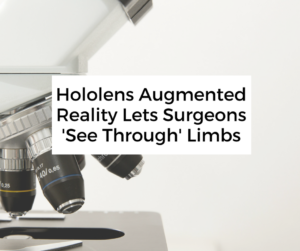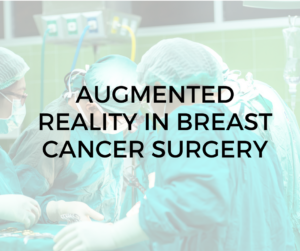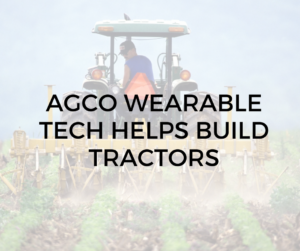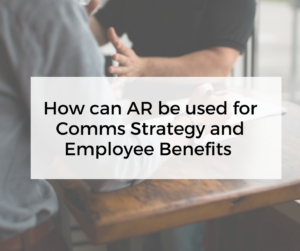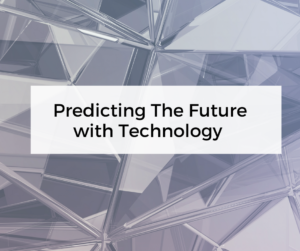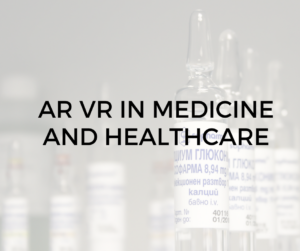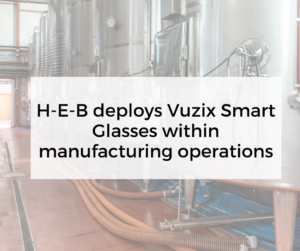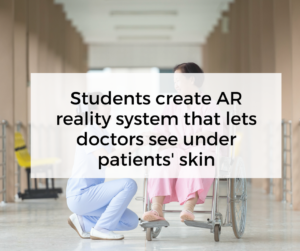Three Additional Industries That Augmented Reality Will Disrupt – LucyD
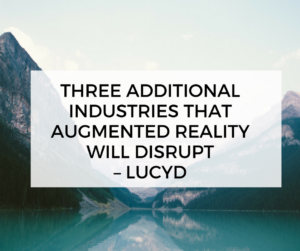
This post appeared on Medium, by LucyD.
LucyD are admittedly ‘obsessed’ by Augmented Reality. They say the massive potential for enterprise applications is what sets AR apart from VR. They then go on to take a look at 3 specific industries where AR is being used:
Construction
Despite the fact that the construction industry utilizes advanced 3D tools to design buildings, most of the time workers still refer to an actual paper blueprint. While we don’t expect paper to go out of fashion any time soon, the fact is that workers lose a massive amount of time because they need to constantly refer to the blueprints.
With AR, it would be possible to refer to the blueprint with no more than a verbal command. This would allow contractors, even the architect, to leave precise notes on a digital blueprint. There would be no need to lug around a hard copy, either.
Car Maintenance
While this application is not strictly limited to car repair, Augmented Reality will make DIY repair tasks as simple as following a tutorial.
These days, if you have a problem with your car, you need to take it to a technician. You leave it there for a few days or weeks and hope that by the time you pick it up, the problem is fixed.
Imagine if you could pop the hood of your car, load the specs for your car and get detailed instructions on how to diagnose and fix whatever was wrong with your vehicle.
Repair shops could also use this technology to hire more mechanics. An increase in mechanics would mean more competition and lower prices across the board, as the barrier to entry into this field would be reduced. It’s a win-win for everyone.
Cooking
Augmented Reality can be used for anything that requires a tutorial — so why not take advantage of the ultimate tutorial-based activity: cooking.
Every dish requires a recipe, but imagine if you received the instructions in real time. A built-in timer would tell you exactly when to flip the burger, a visual sensor would let you know if you’re burning the pancakes, and an olfactory sensor could alert you that your chocolate chip cookies had reached their ideal golden-brown texture.
At the Tokyo Institute of Technology, a team is aspiring to do those things and more. While this tech is still in its infancy, great forward strides in the AR cooking industry can be anticipated in the near future.
That said, all of these potential technologies have yet to fully bloom. At Lucyd, we believe the reason for this is lack of a hardware standard.
Our Lenses and decentralized blockchain ecosystem aims to change all this. Similar to open-source frameworks like Linux, companies will be able to develop applications that solve all these problems and more.
For the AREA’s work on AR functional requirements please see this page.
